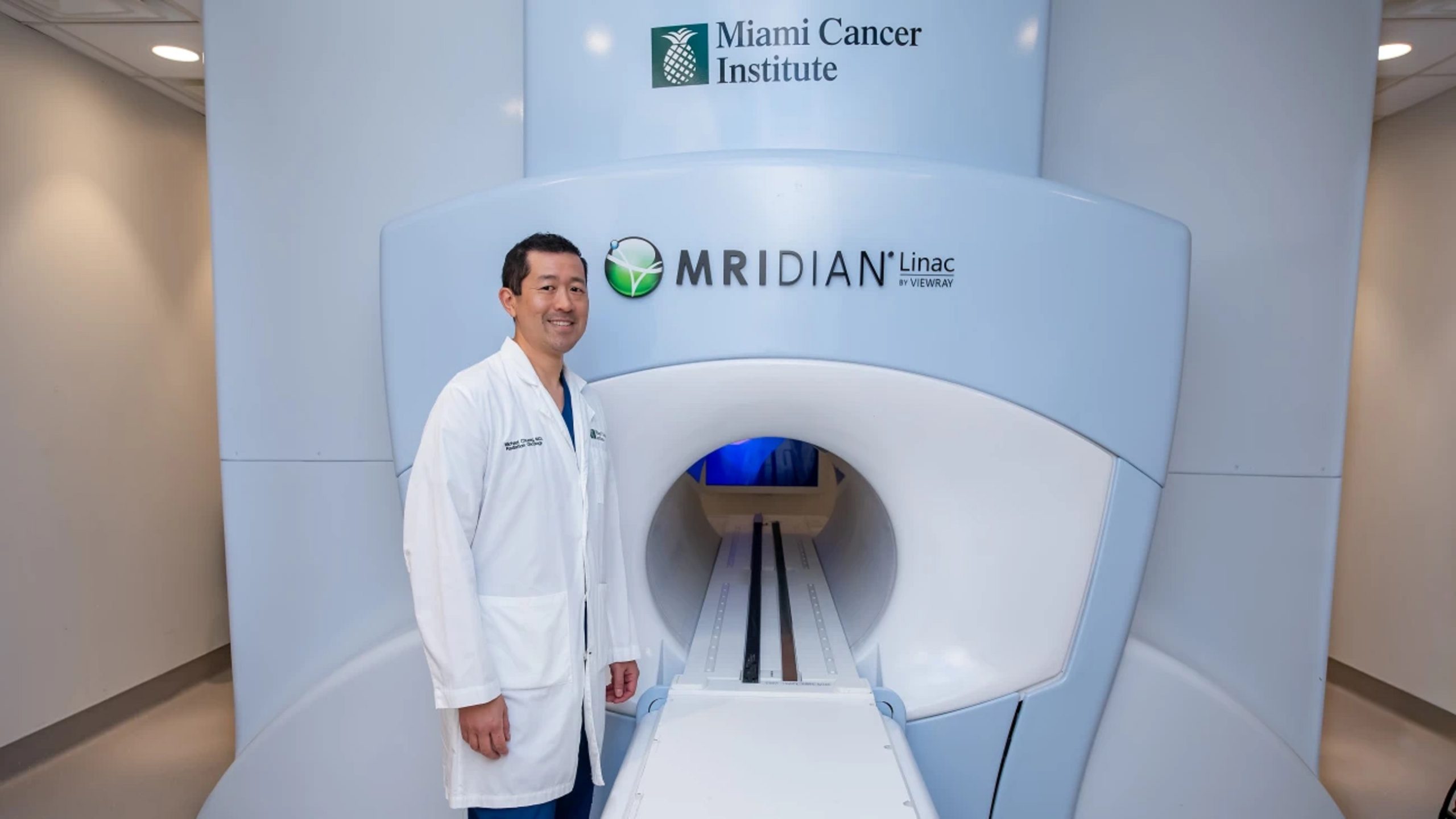
New research conducted by radiation oncology physicists at Miami Cancer Institute reveals remarkable precision in intracranial stereotactic radiosurgery (SRS) using an MR-guided radiotherapy system, the ViewRay MRIdian. Published in the International Journal of Radiation Oncology, the study demonstrated up to 99% accuracy. This pioneering work has led to the adoption of MRIdian for brain cancer patients. The system’s unique ability to monitor daily tumor volume changes over a short 3-fraction treatment course offers insights into tumor dynamics and supports adaptive radiotherapy. It sets the stage for wider exploration of MR-guided SRS in the field.
A recent investigation, spearheaded by radiation oncology physicists from the Miami Cancer Institute, which is affiliated with Baptist Health South Florida, has unveiled promising outcomes about intracranial stereotactic radiosurgery (SRS) utilizing an MR-guided radiotherapy system. The study, titled “Validation of Intracranial Stereotactic Radiosurgery (SRS) for an MR-Guided Radiotherapy (MRgRT) System: Assessing MR-RT Localization and Dosimetric Precision,” was published in the International Journal of Radiation Oncology – Biology – Physics (IJROBP). It underscores the highly accurate performance achieved through a comprehensive hidden target test, aimed at assessing the alignment of imaging, treatment planning, and delivery in an MR Linac system, specifically the ViewRay MRIdian.
Dr. Kathryn Mittauer, the lead physicist responsible for Miami Cancer Institute’s MR-guided radiation therapy program, served as the principal author of this study. Dr. Mittauer elucidates that the research team created an in-house MR head phantom to replicate the conditions of stereotactic radiosurgery for brain tumors. The study, in particular, simulated scenarios involving intracranial spherical targets, irregularly shaped targets, and targets near the brainstem.
Dr. Nema Bassiri, a radiation oncology physicist at the Miami Cancer Institute and the senior author of the study, expounds that the treatment delivery demonstrated an exceptional accuracy rate of up to 99%. Dr. Bassiri further notes that “this breakthrough paves the way for the adoption of cutting-edge MR-guided radiotherapy technology in the realm of intracranial SRS, a domain hitherto unexplored with MR Linac systems.” MRIs are recognized as the gold standard for the evaluation and precise localization of brain tumors, owing to their superior soft-tissue visualization capabilities.
“Having established the remarkable precision of the ViewRay MRIdian system, delivering within a 1 mm setup margin in our study, we have now integrated this innovative technique into the treatment protocols for our brain cancer patients at Miami Cancer Institute,” Dr. Mittauer adds. The team has noted that the size of a patient’s tumor can fluctuate during a 3-fraction radiosurgery regimen by employing the onboard MR image guidance of the MR Linac system.
Dr. Mittauer comments, “What’s particularly impressive is our ability to monitor daily changes in tumor volume, even over a brief 3-fraction treatment course. This research equips us with invaluable insights into the dynamics of these tumors, including their progression, and the potential of adaptive radiotherapy to tailor radiation doses in response to these changes, thereby enhancing precision.” She concludes, “In the field of radiation oncology, this represents a groundbreaking development as we explore the frequency and implications of these anatomical transformations, which will, in turn, inform our decision-making in other areas of radiation therapy.”
Dr. Bassiri envisions a future with an increasing number of studies investigating the advantages of MRIdian in the context of stereotactic radiosurgery. He asserts, “This study serves as a vital blueprint for institutions seeking to implement an MR-guided SRS program, thereby contributing to the advancement of the medical community’s knowledge in this treatment modality.”

